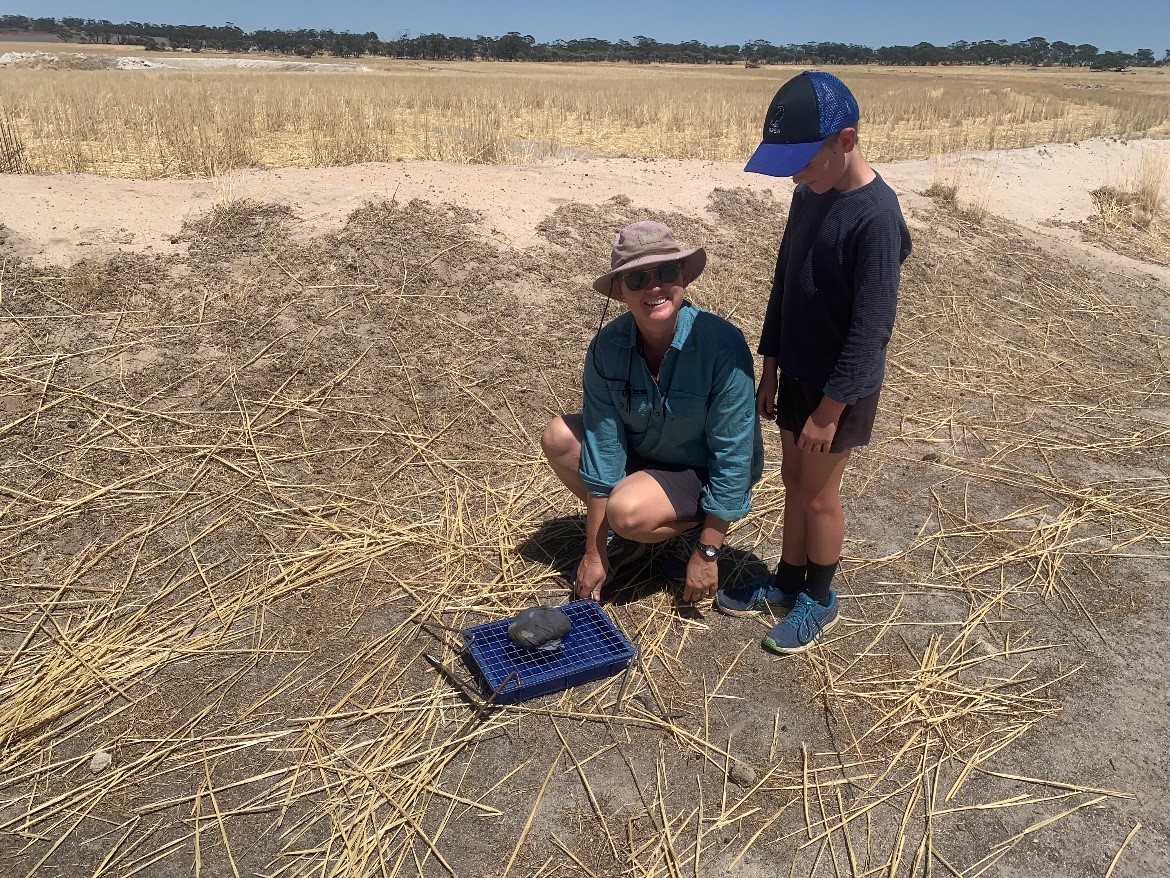“The insect world is famous for its Olympian power-lifters, but the horned dung beetle (Onthophagus Taurus) takes the gold. A mere 10 mms long, the beetle can pull up to 1141 times its own body weight-the equivalent of an average man lifting two fully-loaded 18-wheeler trucks.” – Bristol Petitions
Dung Beetle trapping and monitoring kits are on their way to kick-starting the Wheatbelt’s citizen science mapping and gapping project. Late in 2021, 30 landholders from right across the community, answered our call to set traps four times a year in March, June, September and December.
Beetles caught in these traps will be reported to us for identification and recording. Over the course of the year, we will be able to identify what species are present in what parts of the Wheatbelt. It has the added benefit of identifying gaps where we would have expected to find a particular species, but we cannot see that they are present.
Ultimately we hope to build beetle farm nurseries to breed up inoculation populations for release into gap areas.
A SMART farms grant has allowed us to support participating landholders by supplying most of the equipment required for the mapping and gapping process. The next step will see the publishing of a how-to guide on how any landholder can set up their own on-ground trapping exercise.
Building Beetle Highways
While we have been getting the citizen science program off the ground we have also been working with four Wheatbelt farms to trap beetles for a National Meat and Livestock Australia Dung Beetle Project.
Trapping commenced at the first of these properties at the end of October and has been repeated monthly since then. Two more commenced in November and December with the last sadly having to withdraw from the project. The beetles trapped for this project go to the University of Western Australia for identification and recording.
From the data that has been received from the Goomalling region so far, UWA has identified six species:
5. Onitis aygulus
That is six of the seven species we expect to find in the Wheatbelt on one property! The last species we expect to see is Bubas Bison. These are a winter-active species and we look forward to seeing an appearance later in the year.
Signs are looking good that this cattle farm and feedlot have the full complement currently suited to our environment.
This project is supported by funding from the Australian Government’s National Landcare Program.


